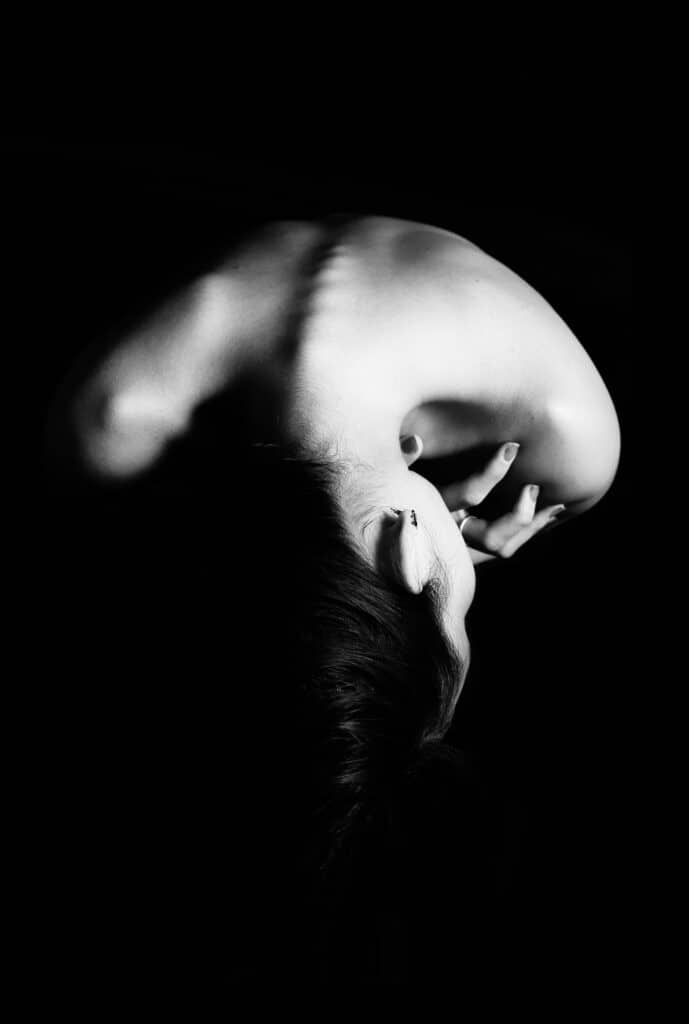Scoliosis Pain Management in Knoxville, TN

What is scoliosis?
If you look at an X-ray of a healthy spine from the side view you will see the natural curves of the spinal column. However, from the front or back, it will appear as a straight line. A condition where the straight line of the spine starts rotating, bending and curving is called scoliosis. The curvature can be either C-shaped or S-shaped and typically affects the spinal structure in all 3 dimensions.What causes scoliosis?
There are four main types of scoliosis depending on the cause:- Idiopathic scoliosis is the most common type of the disease although its specific cause is currently unknown. What we do know is that is it not a result of poor posture, sleeping on your side, or carrying heavy backpacks. Some evidence points to a genetic factor as 30% of patients have a family history of the condition. It is often diagnosed during puberty.
- Congenital scoliosis is a result of the abnormal development of an embryo. Since its present at birth, it is more likely to be diagnosed in early childhood.
- Neuromuscular scoliosis is a consequence of an underlying condition such as cerebral palsy, muscular dystrophy, spina bifida, and others. This type of scoliosis is more likely to require surgery due to its rapid progress.
- Degenerative scoliosis is caused by the degeneration of the spinal joints and discs as a result of aging, such as osteoarthritis or spinal stenosis. If this process is more prominent on one side of the spine, degenerative scoliosis may occur.
How common is scoliosis?
According to the National Scoliosis Foundation, scoliosis affects 2-3% of Americans, which is around 7 million people. Most cases of idiopathic type begin at 10-15 years old. Females are 7 times more likely to have a significant level of spine curvature that requires treatment. A study published in Spine in 2005 found that 51 of 75 elderly individuals (over 60 years old) had signs of degenerative scoliosis, even if they didn’t suffer from any pain or dysfunction.Main signs and symptoms
Most cases of scoliosis are mild and might not cause any pain or discomfort. The first signs in adolescents might be unevenly fitting clothes or visual curvature in the back. Sometimes asymmetry in body parts such as hips, shoulders, ribs, and shoulder blades can be noticed. In severe cases, scoliosis may cause back pain, changes in walking, or heart and lung problems due to reduced space available in the rib cage. Pain is more common in degenerative scoliosis. It usually begins as a dull ache or stiffness in the lower back and progresses over time. The pain tends to be at its worst first thing in the morning. The sitting position helps relieve the pain as it takes some pressure off the joints. The condition can also cause shooting pain, numbness and tingling radiating to the legs if the spinal nerves are affected.Diagnosis
Idiopathic scoliosis is initially diagnosed by a physical exam, specifically, the Adam’s forward bend test, in which the patient bends forward with their hands down and knees straight. This positioning makes the asymmetry in the spine and body clearly visible to a doctor. Due to the young onset age and lack of painful symptoms, it is often identified during a routine check-up with a pediatrician or a screening at school. Degenerative scoliosis is diagnosed by taking a patient’s medical history and performing a physical exam that checks flexibility and reflexes, and looks for signs of any neurological symptoms such as shooting pain, tingling, and numbness. Any type of scoliosis is usually confirmed by an X-ray, where the shape of the spine can be seen clearly. At Omega Pain Doctor clinic in Knoxville, it helps identify the underlying conditions for scoliosis (if there are any) and rule out other diseases. The Cobb method is a way of measuring the angle of the spine curvature. Any angle over 10 degrees is considered to be scoliosis. A curve greater than 45 degrees indicates severe scoliosis and requires aggressive treatment.Scoliosis treatment
Scoliosis treatment depends on the severity of the curve and the probability of progression. Most cases of idiopathic scoliosis are mild and only require observation. Treatment is considered if:- the Cobb angle is over 25 degrees and the child is still growing, or
- the Cobb angle increases by 5 degrees in 4-6 months
- Painkillers, such as Ibuprofen or Tylenol
- Physical therapy to strengthen the supporting muscles and increase flexibility
- Epidural steroid injections to reduce pain and inflammation by directly delivering the steroid and anesthetic medications to the affected part of the spine
Conclusion
Scoliosis is an abnormal curvature of the spine that, when severe, can cause unpleasant symptoms and cosmetic deformities. Treatment options for idiopathic scoliosis aim to slow down the progression of the disease, whereas degenerative scoliosis typically requires pain management. If you think you might have scoliosis, contact your doctor who will assist with the diagnosis and help relieve any pain or discomfort associated with this condition.Therapy for Scoliosis in Knoxville, TN
If you’re experiencing pain or discomfort from degenerative scoliosis, it’s important that you work with a reputable physician to oversee your care and recovery. You can take control of your pain and learn to manage it. For scoliosis pain management in Knoxville TN, contact Omega Pain Management and book an appointment with Igor Smelyansky, MD. Call (865) 337-5137 today.References:
Schwab F, Dubey A, Gamez L, El Fegoun AB, Hwang K, Pagala M, Farcy JP. Adult scoliosis: prevalence, SF-36, and nutritional parameters in an elderly volunteer population. Spine (Phila Pa 1976). 2005 May 1;30(9):1082-5. doi: 10.1097/01.brs.0000160842.43482.cd. PMID: 15864163.
Kotwal S, Pumberger M, Hughes A, Girardi F. Degenerative scoliosis: a review. HSS J. 2011 Oct;7(3):257-64. doi: 10.1007/s11420-011-9204-5. Epub 2011 Jun 11. PMID: 23024623; PMCID: PMC3192887.
